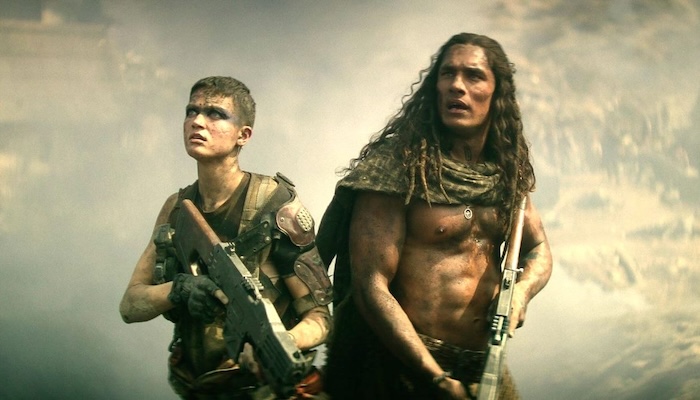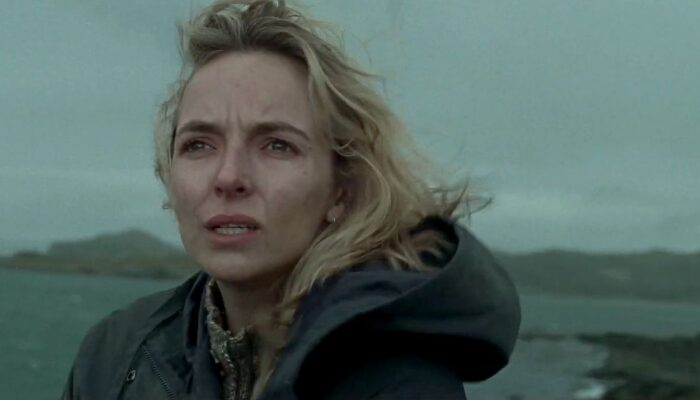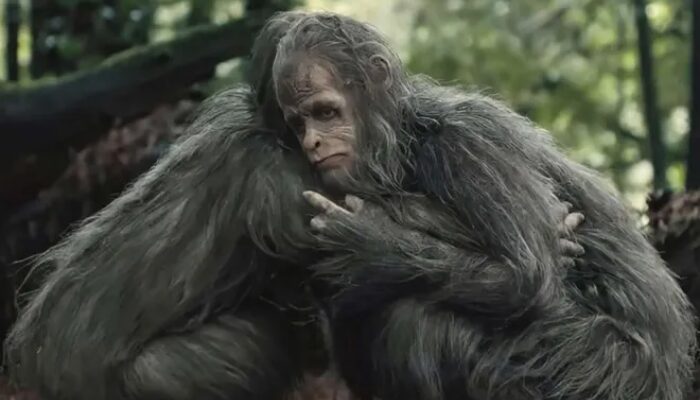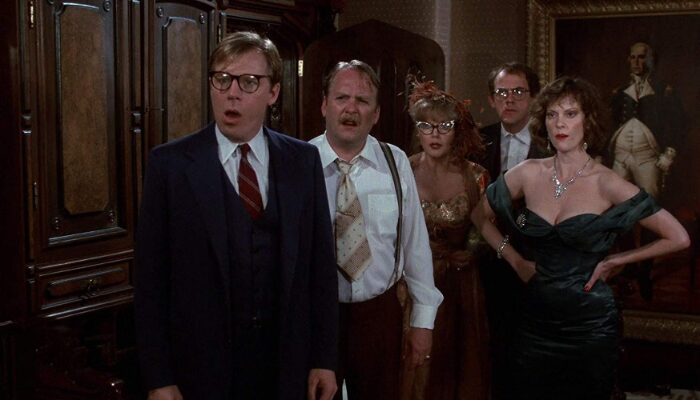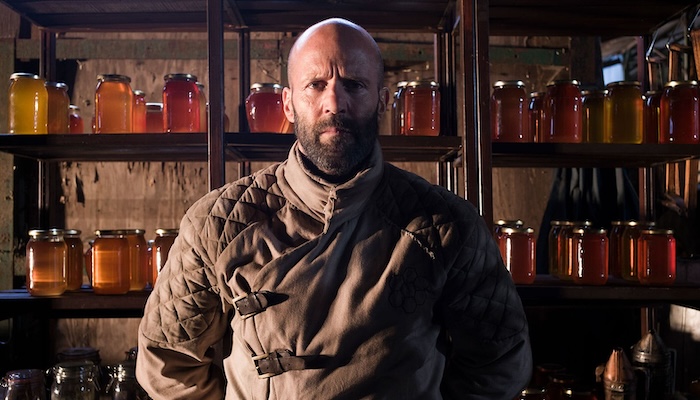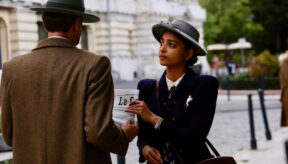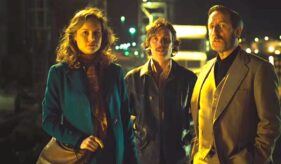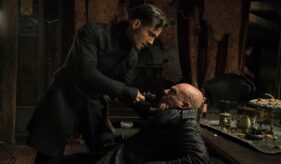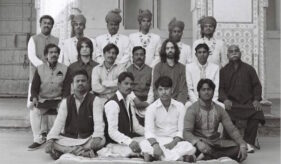Film Review: The Last House on the Left (1972)

The single biggest strength of The Last House on the Left is that the unexpected happens frequently during its second and third acts. This is noteworthy because in the majority of by-the-book horror movies, what you see is what you get. Occurrences happen in The Last House on the Left that the viewer never sees approaching, striking from left field (pardon the pun). This is no reference to objects and cats jumping out of dork corners but rather an allusion to the sadistic acts perpetrated against the innocent, Mari Collingwood (Sandra Cassel) and Phyllis Stone (Lucy Grantham), in The Last House of the Left. No punches are pulled and horrible imaginations are given full liberty and room to assault the status quo.
There is a scene at about the midpoint of The Last House on the Last where Mari is squirming on the ground, audibly not enjoying herself. Before long another character’s head, Sadie (Jeramie Rain), pops into the frame and the viewer response will most likely be: “Oh no.” Craven’s mise en scène is perfect for this segment of the film. The aforementioned exclamation may come because the viewer never expected, in their wildest imaginations what was actually going on in the scene. Who thinks to put something so sensational, brilliant and demeaning in their horror movie? Other scenes in The Last House on the Last are not merely as cryptic in their beginnings as was this scene but many are none-the-less memorable.
Concerning The Last House on the Left much herald violence, it is appropriate for the type of characters committing the deplorable acts. The viewer may not have ever seen a person stabbed more realistically or raped with such saliva gooey-ness than in this film. You see the pain on the victim’s faces when the blows are struck, rendering their anguish that much more authentic. This is especially true in the last act of The Last House on the Left. It is at this point that the viewer will be rooting for the perpetrators of the crimes as the effulgent emotions they are undergoing become palpable.
Wes Craven’s The Last House on the Left is a top tier horror film that does exactly what it promises, it horrifies. The film grows in horrific acts as the film progresses much like Toby Hooper’s The Texas Chainsaw Massacre, but where the latter is more subtle, the former bullies its violence right in front of the viewer’s eyes.
Rating: 8.5/10
If you enjoyed this article, subscribe to us by Email or Full RSS Feed to be informed when we post new ones.
Related Articles
FilmBook's Newsletter
Subscribe to FilmBook’s Daily Newsletter for the latest news!

